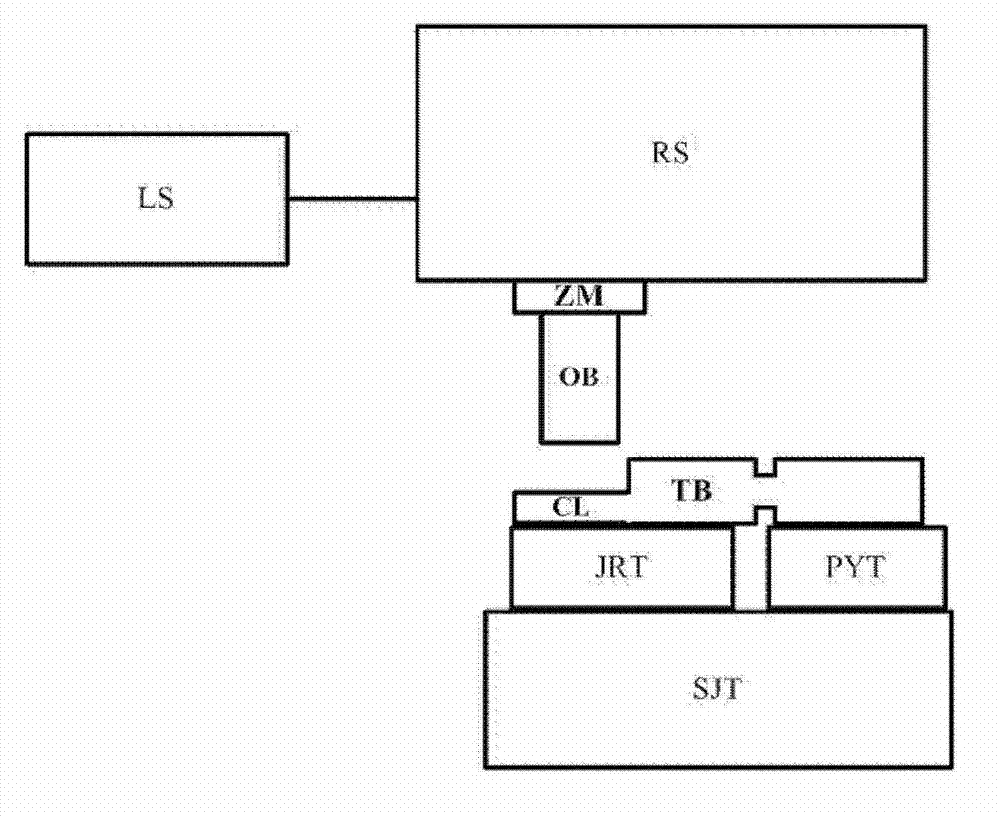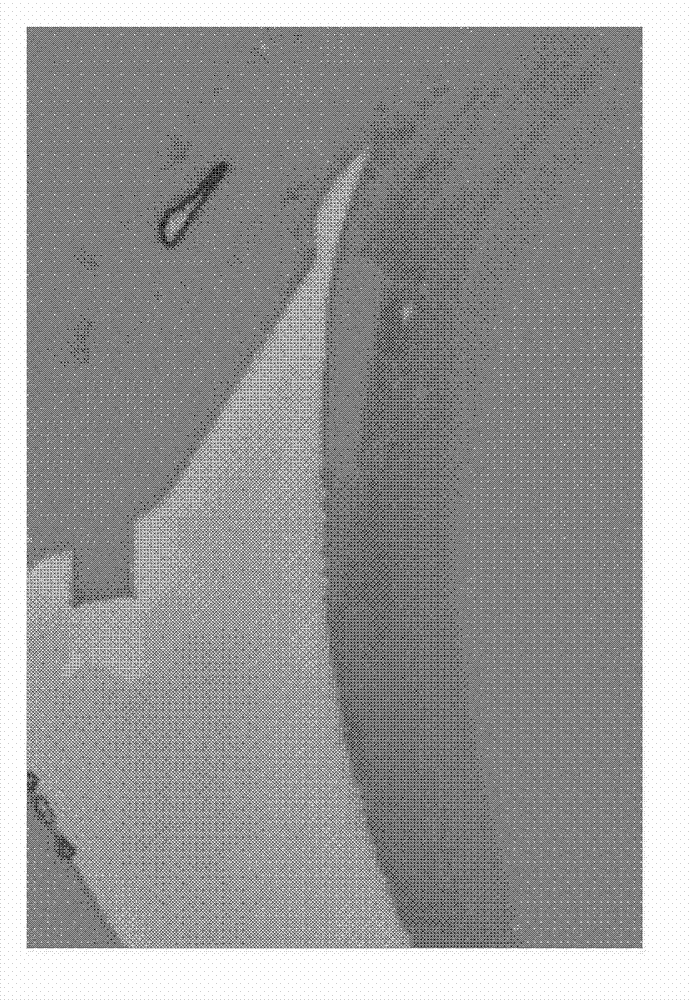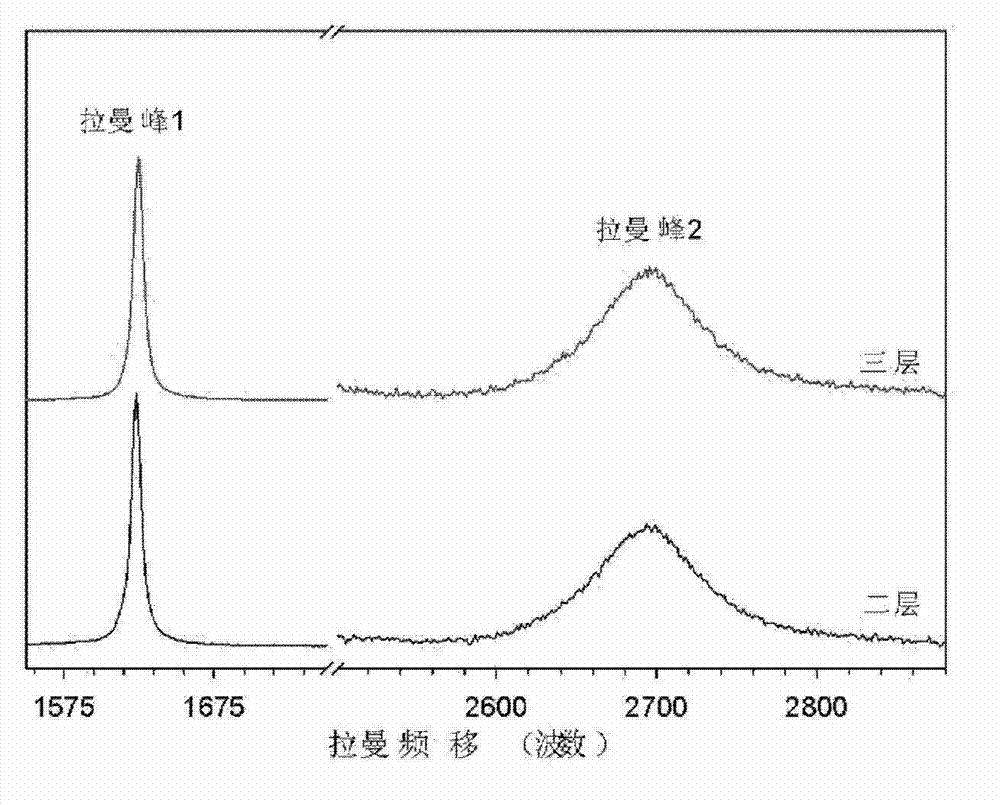In situ microscopic Raman characterization system
A Raman characterization, in situ technology, applied in the field of material preparation and spectral analysis, can solve problems such as difficulty in Raman characterization
- Summary
- Abstract
- Description
- Claims
- Application Information
AI Technical Summary
Problems solved by technology
Method used
Image
Examples
Embodiment Construction
[0034] In order to make the object, technical solution and advantages of the present invention clearer, the present invention will be described in further detail below in conjunction with specific embodiments and with reference to the accompanying drawings.
[0035] The preparation method of this graphene sheet intercalation compound provided by the present invention is to place the graphene sheet in a cuvette connected and communicated with the glass tube; place ferric chloride in the glass tube; Vacuum the tube and cuvette; heat and seal the glass tube with an alcohol lamp; heat the glass tube and cuvette to 340 degrees Celsius and keep it for 6 to 24 hours; then cool down to room temperature.
[0036] Among them, if the ferric chloride is wet, use a molecular pump to evacuate the glass tube and cuvette, heat it to 100 degrees Celsius with a heating platform and keep it for 1 hour. After cooling, heat and seal the glass tube with an alcohol lamp.
[0037] see figure 1 as sh...
PUM
 Login to View More
Login to View More Abstract
Description
Claims
Application Information
 Login to View More
Login to View More - Generate Ideas
- Intellectual Property
- Life Sciences
- Materials
- Tech Scout
- Unparalleled Data Quality
- Higher Quality Content
- 60% Fewer Hallucinations
Browse by: Latest US Patents, China's latest patents, Technical Efficacy Thesaurus, Application Domain, Technology Topic, Popular Technical Reports.
© 2025 PatSnap. All rights reserved.Legal|Privacy policy|Modern Slavery Act Transparency Statement|Sitemap|About US| Contact US: help@patsnap.com



